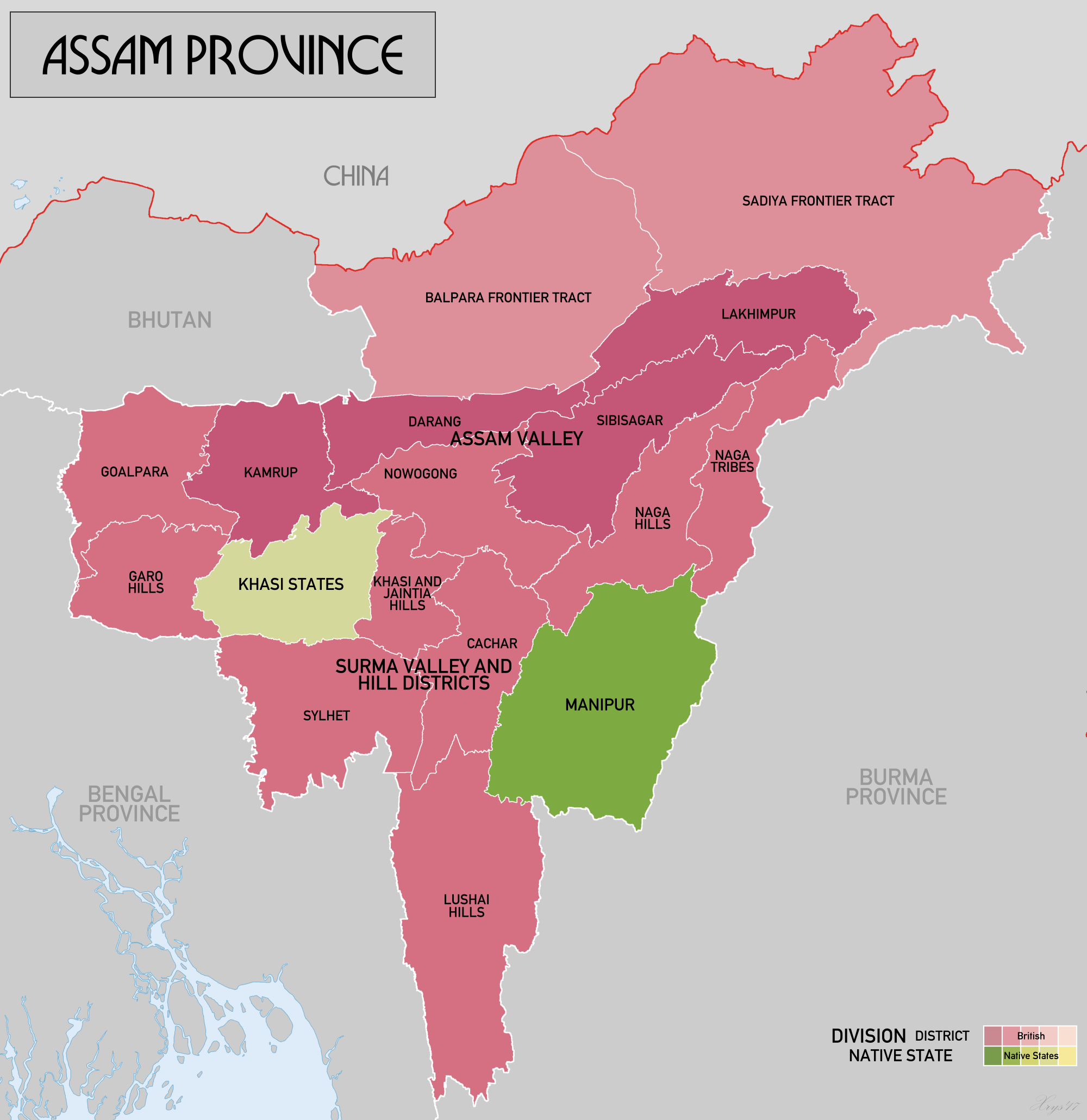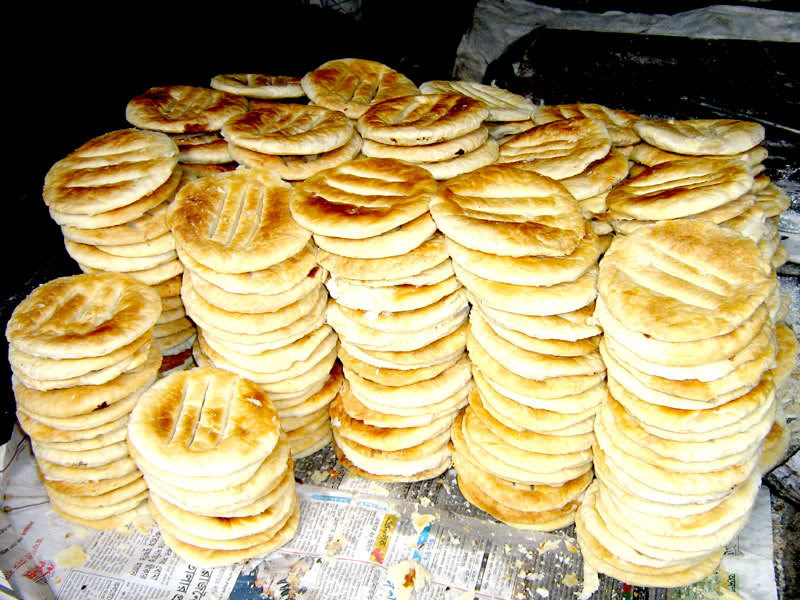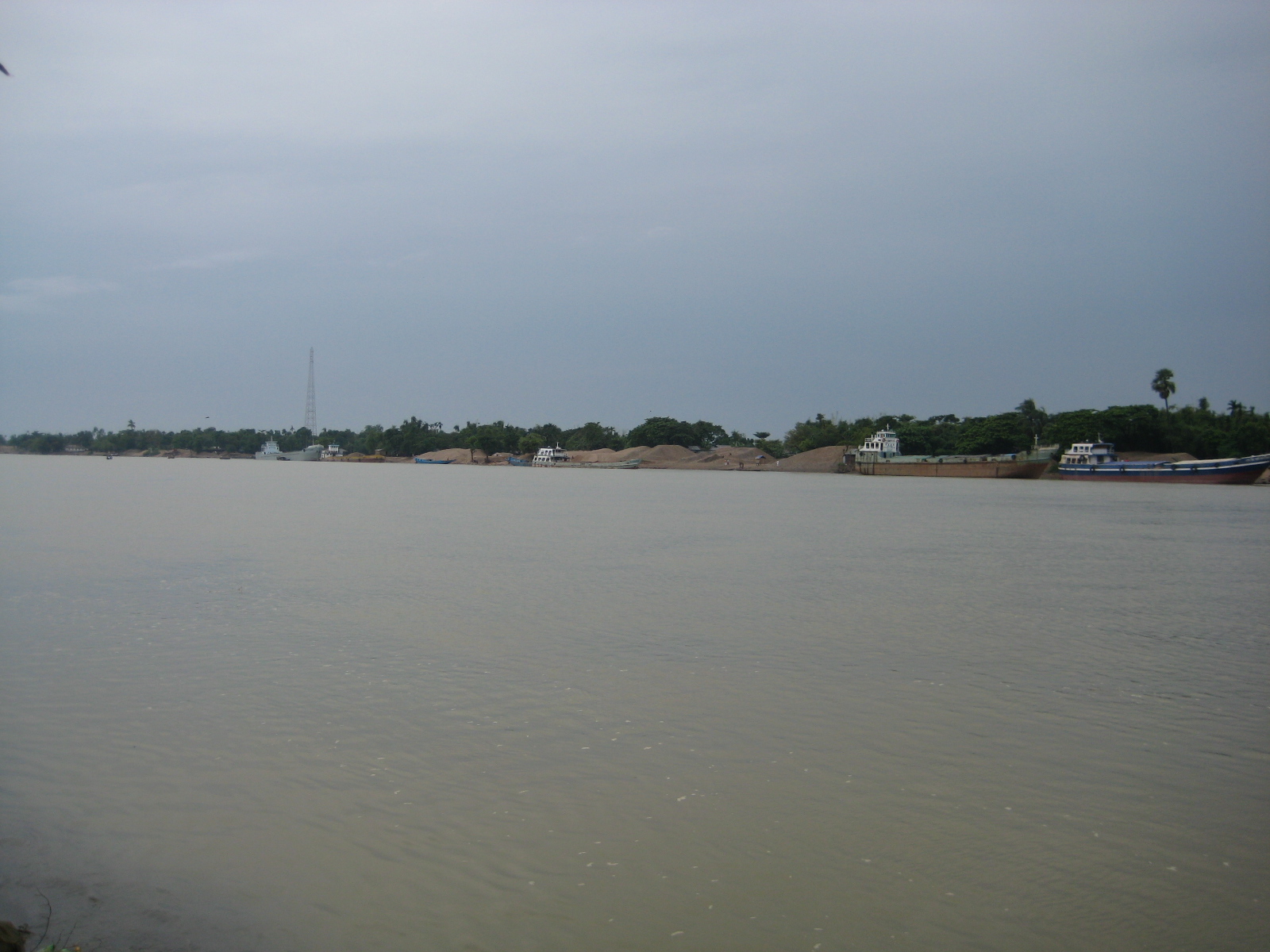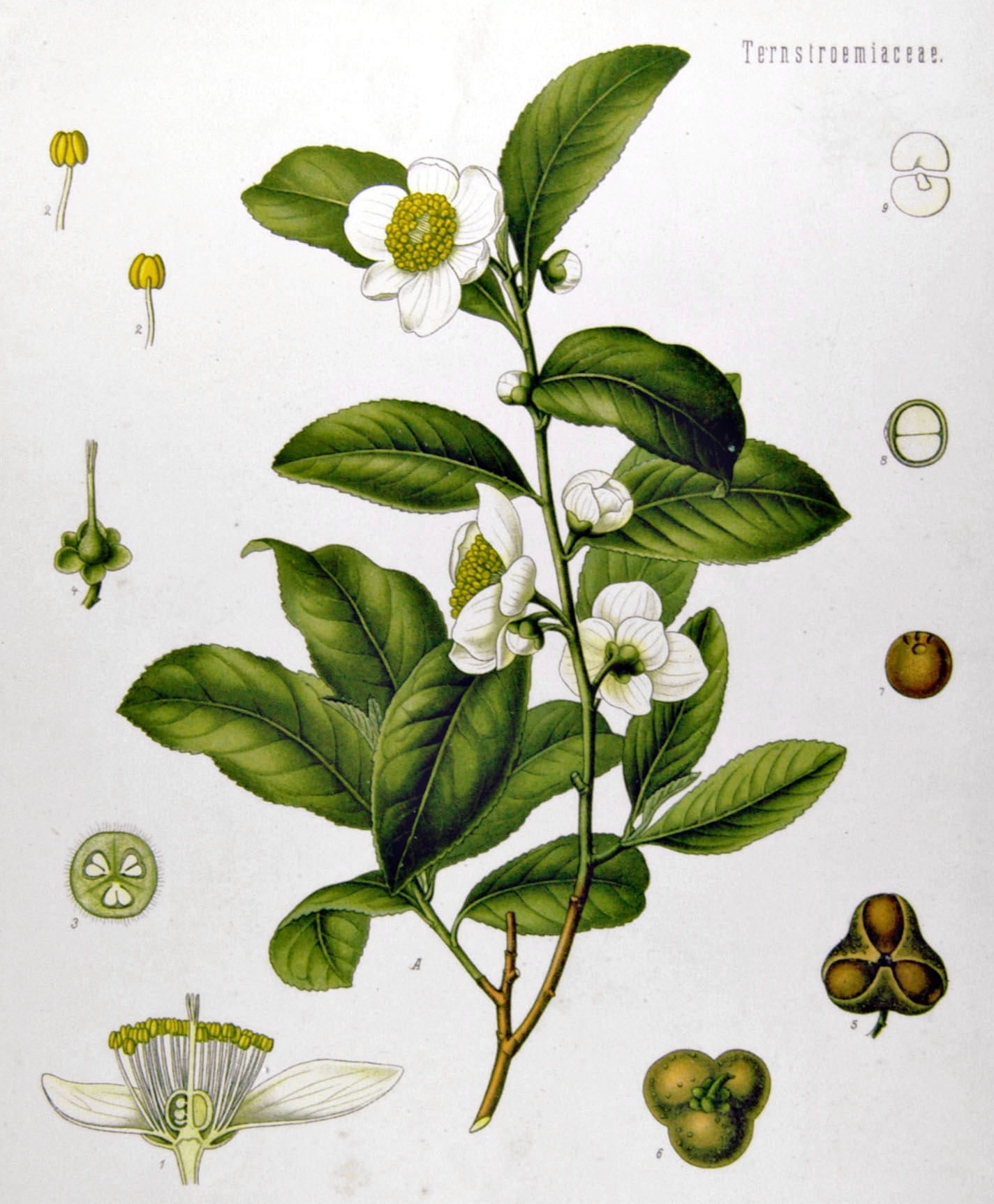|
Seven Color Tea
Seven-colour tea or seven-layer tea ( bn, সাত রং চা) is a Bangladeshi beverage made with an unknown recipe. The Seven-layer tea was invented by Romesh Ram Gour after discovering that different tea leaves have different densities. Each layer contrasts in colour and taste, ranging from syrupy sweet to spicy clove. The result is an alternating dark/light band pattern throughout the drink, giving the tea its name. The original seven-colour tea is mainly available in the Nilkantha Tea Cabin, a tea shop in Srimongol, Moulvibazar, with other variants existing throughout different parts of Bangladesh. History * Qatari ambassador to Bangladesh, Ahmed bin Mohamed al-Dehaimi, tasted the seven-coloured tea during his visit to Srimangal. * Romesh Ram Gour was compensated Tk 7000 ( BDT) for a cup of seven-layered tea as a reward by the Qatari ambassador. Gallery File:7 Color Layer Tea.jpg, 7 Colour Layer Tea in Bangladesh File:7 color tea, Sylhet .jpg, Seven colours tea in a gl ... [...More Info...] [...Related Items...] OR: [Wikipedia] [Google] [Baidu] |
Srimangal
Sreemangal ( bn, শ্রীমঙ্গল, Srimongol) is an upazila of Moulvibazar District in the Sylhet Division of Bangladesh. It is located at the southwest of the district, and borders the Habiganj District to the west and the Indian state of Tripura to the south. Sreemangal is often referred to as the 'tea capital' of Bangladesh, and is most famous for its tea fields. Other than tea, the rubber, pineapple, wood, betel, and lemon industries also exist in the upazila. History It is said the name Sreemangal (or Srimangal) is named after Sri Das and Mangal Das; two brothers who settled on the banks of the Hail Haor. A copper plate of Raja Marundanath from the 11th century was found in Kalapur. During an excavation at Lamua, an ancient statue of Ananta Narayan was dug out. In 1454, the Nirmai Shiva Bari was built and still stands today. Srimangal thana was established in 1912. The central town later became a pourashava in 1935. In 1963, two peasants were killed by police office ... [...More Info...] [...Related Items...] OR: [Wikipedia] [Google] [Baidu] |
Moulvibazar District
Moulvibazar ( bn, মৌলভীবাজার) also spelled Maulvibazar, Moulavibazar, and Maulavibazar, (former South Sylhet) is the southeastern district of Sylhet Division in northeastern Bangladesh, named after the town of Moulvibazar. It is bordered by the Indian states of Tripura and Assam to the south and east, respectively; and by the Bangladeshi districts of Habiganj to the west and Sylhet to the north. Etymology The name of the district, Moulvibazar is named after its headquarter, Moulvibazar. The word is derived from two words, moulvi and bazar, meaning 'Market of the Moulvi'. 'Moulvi' is an Islamic honorific title and 'bazar' is the Bengali word for market or township. Moulvibazar is named after Moulvi Syed Qudratullah, a local judge and a descendant of Shah Mustafa, an Islamic preacher active during the advent of Islam in the region. It is believed that the name was coined in the 1771 when Syed Qudratullah established a small bazaar on his zamindari land and l ... [...More Info...] [...Related Items...] OR: [Wikipedia] [Google] [Baidu] |
Sylhet Division
Sylhet Division ( bn, সিলেট বিভাগ) is the northeastern division of Bangladesh. It is bordered by the Indian states of Meghalaya, Assam and Tripura to the north, east and south respectively, and by the Bangladeshi divisions of Chittagong to the southwest and Dhaka and Mymensingh to the west. Prior to 1947, it included the subdivision of Karimganj (presently in Barak Valley, India). However, Karimganj (including the thanas of Badarpur, Patharkandi and Ratabari) was inexplicably severed from Sylhet by the Radcliffe Boundary Commission. According to Niharranjan Ray, it was partly due to a plea from a delegation led by Abdul Matlib Mazumdar. Etymology and names The name ''Sylhet'' is an anglicisation of ''Shilhot'' (শিলহট). Its origins seem to come from the Sanskrit words শিলা ''śilā'' (meaning 'stone') and হট্ট ''haṭṭa'' (meaning 'marketplace'). These words match the landscape and topography of the hilly region. The shila stones ... [...More Info...] [...Related Items...] OR: [Wikipedia] [Google] [Baidu] |
Beverage
A drink or beverage is a liquid intended for human consumption. In addition to their basic function of satisfying thirst, drinks play important roles in human culture. Common types of drinks include plain drinking water, milk, juice, smoothies and soft drinks. Traditionally warm beverages include coffee, tea, and hot chocolate. Caffeinated drinks that contain the stimulant caffeine have a long history. In addition, alcoholic drinks such as wine, beer, and liquor, which contain the drug ethanol, have been part of human culture for more than 8,000 years. Non-alcoholic drinks often signify drinks that would normally contain alcohol, such as beer, wine and cocktails, but are made with a sufficiently low concentration of alcohol by volume. The category includes drinks that have undergone an alcohol removal process such as non-alcoholic beers and de-alcoholized wines. Biology When the human body becomes dehydrated, a person experiences thirst. This craving of fluids results in an ... [...More Info...] [...Related Items...] OR: [Wikipedia] [Google] [Baidu] |
Bangladeshi Cuisine
Bangladeshi cuisine ( bn, বাংলাদেশের রান্না) is the national cuisine of Bangladesh. Bangladeshi cuisine has been shaped by the diverse history and river-line geography of Bangladesh. The country has a tropical monsoon climate. The staple of Bangladesh is rice and fish. The majority of Bangladeshi people are ethnic Bengali, who follow Bengali cuisine, with a minority of non-Bengalis with their own unique cuisine. Bangladeshi food has more meat, especially beef, compared to West Bengal. History Bangladeshi cuisine has over time been largely influenced by the Mughlai cuisine left behind by the Mughal rulers. This has led Bangladeshi cuisine to include many rich aromatic dishes such as biriyani and korma that require the use of a large array of spices along with an great deal of ghee. Dhaka being the Mughal capital of the Bengal Subah (which includes the modern Bangladesh and the Indian states of West Bengal) was a major trading center in South Asia ... [...More Info...] [...Related Items...] OR: [Wikipedia] [Google] [Baidu] |
Beverage
A drink or beverage is a liquid intended for human consumption. In addition to their basic function of satisfying thirst, drinks play important roles in human culture. Common types of drinks include plain drinking water, milk, juice, smoothies and soft drinks. Traditionally warm beverages include coffee, tea, and hot chocolate. Caffeinated drinks that contain the stimulant caffeine have a long history. In addition, alcoholic drinks such as wine, beer, and liquor, which contain the drug ethanol, have been part of human culture for more than 8,000 years. Non-alcoholic drinks often signify drinks that would normally contain alcohol, such as beer, wine and cocktails, but are made with a sufficiently low concentration of alcohol by volume. The category includes drinks that have undergone an alcohol removal process such as non-alcoholic beers and de-alcoholized wines. Biology When the human body becomes dehydrated, a person experiences thirst. This craving of fluids results in an ... [...More Info...] [...Related Items...] OR: [Wikipedia] [Google] [Baidu] |
Bangladesh
Bangladesh (}, ), officially the People's Republic of Bangladesh, is a country in South Asia. It is the eighth-most populous country in the world, with a population exceeding 165 million people in an area of . Bangladesh is among the most densely populated countries in the world, and shares land borders with India to the west, north, and east, and Myanmar to the southeast; to the south it has a coastline along the Bay of Bengal. It is narrowly separated from Bhutan and Nepal by the Siliguri Corridor; and from China by the Indian state of Sikkim in the north. Dhaka, the capital and largest city, is the nation's political, financial and cultural centre. Chittagong, the second-largest city, is the busiest port on the Bay of Bengal. The official language is Bengali, one of the easternmost branches of the Indo-European language family. Bangladesh forms the sovereign part of the historic and ethnolinguistic region of Bengal, which was divided during the Partition of India in ... [...More Info...] [...Related Items...] OR: [Wikipedia] [Google] [Baidu] |
Bangladeshi Taka
The Bangladeshi taka ( bn, টাকা, currency sign, sign: , ISO 4217, code: BDT, Short form (linguistics), short form: Tk) is the currency of the Bangladesh, People's Republic of Bangladesh. In Unicode, it is encoded at . Issuance of bank notes 10 and larger is controlled by Bangladesh Bank, while the 2 and 5 banknotes are the responsibility of the Ministry of Finance (Bangladesh), ministry of finance of the government of Bangladesh. The banknotes of Tk. 2 and Tk.5 have mostly been replaced by coins while lower denomination coins (including all poysha coins) up to Tk. 1 have almost gone out of circulation due to inflation. The most commonly used symbol for the taka is "" and "Tk", used on receipts while purchasing goods and services. It was formerly divided into 100 paisa, poysha, but poysha coins are no longer in circulation. Etymology According to ''The American Heritage Dictionary of the English Language'' and ''Banglapedia'', the word ''taka'' came from the Sanskrit ... [...More Info...] [...Related Items...] OR: [Wikipedia] [Google] [Baidu] |
Tea Production In Bangladesh
Bangladesh is an important tea-producing country. It is the 10th largest tea producer in the world. Its tea industry dates back to British rule, when the East India Company initiated the tea trade in the hills of the Sylhet region. In addition to that, tea cultivation was introduced to Greater Chittagong in 1840. Today, the country has 166 commercial tea estates, including many of the world's largest working plantations. The industry accounts for 3% of global tea production, and employs more than 4 million people. The tea is grown in the northern and eastern districts, the highlands, temperate climate, humidity and heavy rainfall within these districts provide a favourable ground for the production of high quality tea. History Historically, Bengal was the terminus of the Tea Horse Road connecting the subcontinent with China's early tea-growing regions in Yunnan. Atisa is regarded as one of the earliest Bengali drinkers of tea. Black tea cultivation was introduced in Bengal an ... [...More Info...] [...Related Items...] OR: [Wikipedia] [Google] [Baidu] |
Economy Of Sylhet
The economy of Sylhet is the 5th largest in the Peoples Republic of Bangladesh. It has a gross state product of $16 billion in nominal terms, and $40 billion in terms of purchasing power parity, making it the third largest behind Dhaka, Chittagong, Khulna and Rajshahi. Since the formation of Bangladesh, Sylhet has been regarded as the spiritual and cultural center of the country, and often termed as the agricultural capital of Bangladesh. Due to vast natural resources and emerging metropolitan, Sylhet is a major economic hub of the country alongside Dhaka and Chittagong. In recent years, Sylhet is experiencing major infrastructural developments, and projected to be the forefront of Bangladesh's economic growth. Sylhet is known for its tea plantations. About 80% of the country's agar processing factories are located in Barlekha Upazila. As of 2019, Sylhet's per capita GDP is $3,050 in nominal terms and 6,250 in purchasing power parity terms, which is the second highest in Bangla ... [...More Info...] [...Related Items...] OR: [Wikipedia] [Google] [Baidu] |
Tea Production
Tea processing is the method in which the leaves from the tea plant '' Camellia sinensis'' are transformed into the dried leaves for brewing tea. The categories of tea are distinguished by the processing they undergo. In its most general form, tea processing involves different manners and degrees of oxidation of the leaves, stopping the oxidation, forming the tea and drying it. The innate flavor of the dried tea leaves is determined by the type of cultivar of the tea bush, the quality of the plucked tea leaves, and the manner and quality of the production processing they undergo. After processing, a tea may be blended with other teas or mixed with flavourants to alter the flavor of the final tea. When producing black, pu'erh and oolong teas there is an additional purpose of processing: to encourage oxidization, which further develops flavour and aroma compounds. History The history of tea processing corresponds intimately with the role that tea played in Chinese society and ... [...More Info...] [...Related Items...] OR: [Wikipedia] [Google] [Baidu] |
Tea Industry In Bangladesh
Tea is an aromatic beverage prepared by pouring hot or boiling water over cured or fresh leaves of ''Camellia sinensis'', an evergreen shrub native to East Asia which probably originated in the borderlands of southwestern China and northern Myanmar. Tea is also rarely made from the leaves of ''Camellia taliensis''. After plain water, tea is the most widely consumed drink in the world. There are many different types of tea; some have a cooling, slightly bitter, and astringent flavour, while others have vastly different profiles that include sweet, nutty, floral, or grassy notes. Tea has a stimulating effect in humans primarily due to its caffeine content. An early credible record of tea drinking dates to the third century AD, in a medical text written by Chinese physician Hua Tuo. It was popularised as a recreational drink during the Chinese Tang dynasty, and tea drinking subsequently spread to other East Asian countries. Portuguese priests and merchants introduced it to E ... [...More Info...] [...Related Items...] OR: [Wikipedia] [Google] [Baidu] |
.webp/600px-144433_bangladesh_pratidin_Srimang_(1).webp.png)







